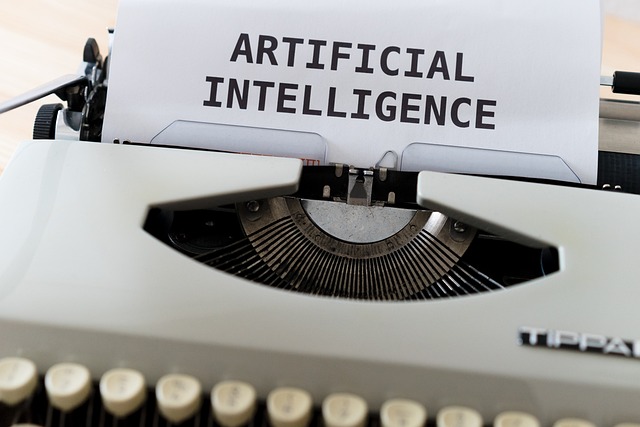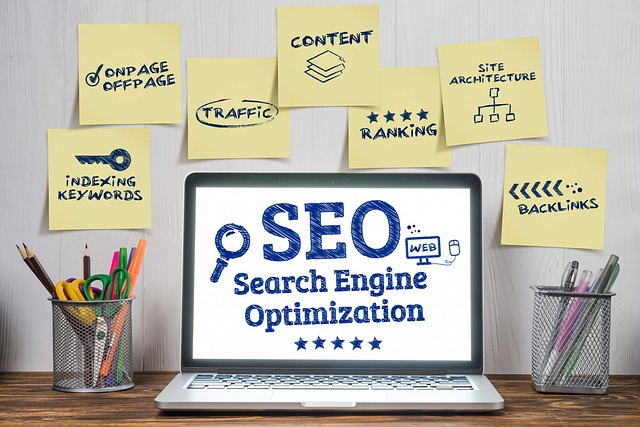That’s a powerful and important question—AI’s role in the job market is complex, with both disruptive and constructive forces at play. Here’s a concise overview of how AI is likely to create employment opportunities, even as it causes job redundancy in some sectors.
How AI Will Create Employment Opportunities (Despite Current Job Redundancy)
1. Emergence of New Job Categories
Just as the internet gave rise to roles like digital marketers and app developers, AI is already creating entirely new fields: AI ethicists, prompt engineers, data annotators, machine learning operations (MLOps) professionals, and more. Future generations will take on roles we haven’t even imagined yet—especially in areas like AI-human collaboration, robotics support, and intelligent system design.
2. Growth in AI-related Services
As companies adopt AI tools, they need professionals to train, maintain, explain, and supervise these systems. This leads to high demand for:
- AI trainers and model evaluators
- Data scientists and AI developers
- Cybersecurity analysts for AI systems
- Legal experts for AI compliance and ethics
3. Human-Centric Roles Will Thrive
Roles that rely on human empathy, creativity, and nuanced decision-making—such as therapists, caregivers, artists, teachers, and social workers—are likely to become more prominent. AI can assist, but not replace, these deeply human roles. As automation reduces routine tasks, the value of emotional intelligence and interpersonal skills increases.
4. AI-Augmented Roles Will Expand
Rather than replacing workers, AI will increasingly augment them. For example:
- A marketing specialist using AI to analyze customer data and craft targeted campaigns
- A radiologist using AI to speed up scan analysis while focusing on complex diagnoses
- A teacher using AI to personalize learning plans for individual students
These hybrid roles improve productivity and create more rewarding work.
5. Startups and Entrepreneurship
AI lowers the barrier to entry for new business models. With AI tools, small teams—or even individuals—can launch tech-driven startups, create content, build apps, or analyze data without large-scale resources. This will spark a wave of entrepreneurial ventures and micro-businesses.
6. Demand for Reskilling and Education
The need for retraining and upskilling is creating jobs in education and workforce development. Institutions, platforms, and coaches focused on helping people transition to AI-compatible roles are growing rapidly.
But Will There Be Enough Jobs for Future Generations?
That concern is real. In the short term, job displacement is painful—especially for roles in logistics, customer service, and repetitive manufacturing. But history shows that technological revolutions (like automation or the industrial age) typically shift employment rather than eliminate it entirely.
The key difference now is speed—AI evolves faster than traditional job markets can adapt. To help future generations, societies will need:
- Stronger public policy around AI transitions
- Universal access to digital education and upskilling
- Safety nets and incentives to support displaced workers and new entrepreneurs
AI can be a job creator—but only if governments, industries, and educators proactively reshape the workforce around its potential.




